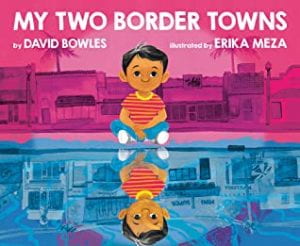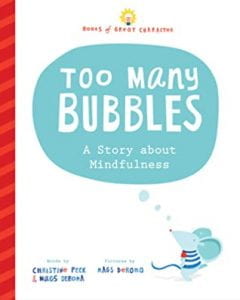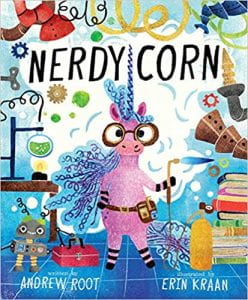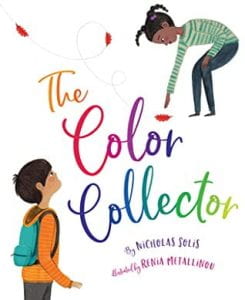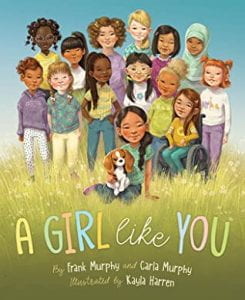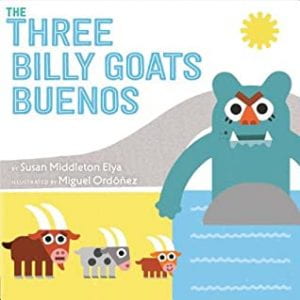 Syed, Anoosha. That’s Not My Name. Viking, 2022. 978-0-593-40517-8. Unpaged. $17.99. Grades K-2.
Syed, Anoosha. That’s Not My Name. Viking, 2022. 978-0-593-40517-8. Unpaged. $17.99. Grades K-2.
In That’s Not My Name readers meet Mirha who is extremely excited for her first day of school, but it doesn’t turn out the way that she thought it would. No one can pronounce her name, and she is too shy and unsure to correct anyone. Mirha thinks maybe she should change her name into something that everyone can pronounce, and she goes home and tells her mom that she wants to do just that. Her mother teaches Mirha where her name comes from and tells her that she should be proud of her name, and Mirha decides that she will correct everyone at school the next day. Mirha ends up making a new friend, and learning how to tell people who pronounce her name incorrectly, “that’s not my name,” and learning about her classmates and what their names mean.
THOUGHTS: This is a wonderful read aloud for the first week of school to teach students about empathy. This would also be a great read aloud before an ice-breaker type activity.
Picture Book Mary McEndree, Lehigh Valley Regional Charter Academy

